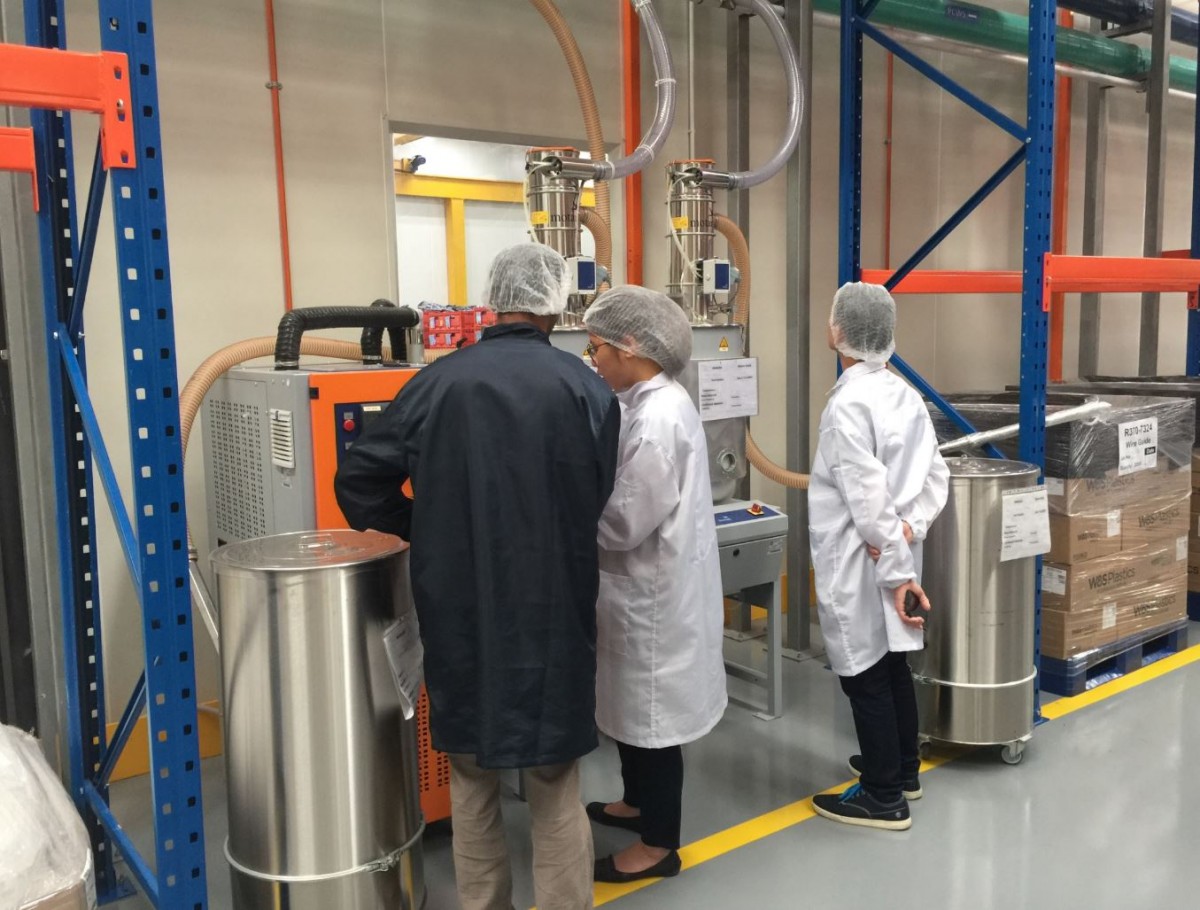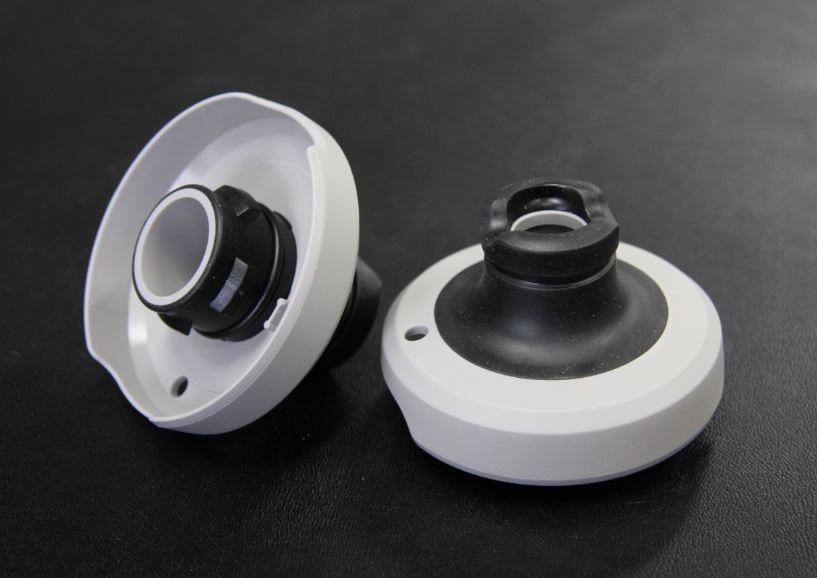History of Plastic Injection Molding
In 1851 Alexander Parkes invented the first man-made plastic in Britain. He demonstrated it at the 1862 International Exhibition in London. The material that he named “Parkesine” was derived from cellulose and could be heated, molded, and retain its shape when cooled however it was expensive, highly flammable and prone to cracking.
In 1868 John Wesley Hyatt an American inventor improved upon Parkes’ material and developed a plastic material that he named Celluloid. He and his brother Isaiah patented the first injection molding machine in 1872. Simple by modern standards it operated in a similar manner to a hypodermic needle, using a plunger within a heated cylinder to melt and inject the material into a mold.
This simple process was used mainly to produce household items such as combs and buttons until world war 2 brought with it a demand for inexpensive mass produced products.
In 1946, American inventor James Watson Hendry built the first screw injection machine, which allowed much more precise control over the speed of injection and the quality of articles produced. This machine also allowed material to be mixed before injection, so that colored or recycled plastic could be added to virgin material and mixed thoroughly before being injected.
Today plastic injection moldings can be found everywhere. The materials now available for designers and engineers to choose from allow them to create parts for all industries and all applications. From soft materials used in seals and gaskets to the most rigid, tough and durable materials that are used in place of metal in many traditional applications.
Plastic Injection Molding
Material Preparation
Most of the materials that we process are hygroscopic (they absorb moisture from the air) so they must be dried prior to processing.
In Sydney we have Moretto central drying equipment and in Johor we use Motan drying equipment. Both utilize silicon desiccant technology to dry the air to -40°C dew point prior to heating it to the recommended temperature for drying the plastic.
The European Morretto systems in W&S Plastics Sydney are located in an adjacent building to the moulding machines. The material is transported in a stream of low pressure, hot and dry air from the drying system, through stainless steel pipes to small receiving hoppers on the molding machines.
The European Motan systems in our W&S Plastics Kulai are located outside of the injection molding processing area. The material is transported in a stream of low pressure, hot and dry air from the drying system, through stainless steel pipes to small receiving hoppers on the molding machines.

With this, we are assured that our materials are properly prepared for processing and we minimise the risk of granules or fine dust from the plastic contaminating finished product.
The Plastic Injection Molding Process
The most basic description for the injection molding process is; the high pressure injection of molten plastic into a mold which shapes the polymer into the desired form.
The YouTube clip below demonstrates the principle of injection molding using a simple animation. This is ideal for people that have a basic knowledge of the principle of the process however, if you are a student, or this is your first introduction to the process, the second YouTube clip below is a far more detailed explanation of the entire process.
Variations to Plastic Injection Molding
There are many variations to the standard injection molding process such as:
Insert Molding
Over Molding
Co Molding
W&S Plastics is experienced in all of these technologies.

Advanced Injection Molding
W&S Plastics is always researching and testing new technologies and the the most recent that has drawn our attention is Engel’s iQ Systems. We have many Engel machines in our factories and our records show they are the most reliable that we have so when they introduced the iQ systems with a new and impressive control system (CC300) it was an easy decision to make these our standard machine. We now have many machines with the CC300 controller with the iQ systems and from our die setters to our MD, we love them.
With the application of computer controls and servo motor drives, the modern injection molding machine has become more accurate, provides better repeatability and gives much finer control of the process. With these technologies Engel has developed a system that they have called iQ Weight Control.
Engel describe their iQ weight control system as:-
During injection the actual fill volume can vary from shot to shot due to external influences: the smart software iQ weight control analyses the current pressure curve in real-time during injection and compares it with the pressure curve of a reference cycle. When the system detects deviations of melt volume, it adjusts the injection speed profile and the switch-over point within the same cycle. When parts are filled via cascade controlled shut off nozzles, iQ weight control additionally adapts opening and closing of each of the shut-off needles according to the filling stage. These adaptions during the injection phase increase the repeatability especially for parts with a high flow-path-wall to-thickness ratio. Changes in melt viscosity affect the part quality especially during holding pressure phase, which is primarily relevant for parts with higher wall thickness. To compensate this disturbance, iQ weight control adapts the holding pressure value automatically, as soon as changes in viscosity occur.
The video to the right further explains the system.
Engel describe their iQ weight control system as:-
During injection the actual fill volume can vary from shot to shot due to external influences: the smart software iQ weight control analyses the current pressure curve in real-time during injection and compares it with the pressure curve of a reference cycle. When the system detects deviations of melt volume, it adjusts the injection speed profile and the switch-over point within the same cycle. When parts are filled via cascade controlled shut off nozzles, iQ weight control additionally adapts opening and closing of each of the shut-off needles according to the filling stage. These adaptions during the injection phase increase the repeatability especially for parts with a high flow-path-wall to-thickness ratio. Changes in melt viscosity affect the part quality especially during holding pressure phase, which is primarily relevant for parts with higher wall thickness. To compensate this disturbance, iQ weight control adapts the holding pressure value automatically, as soon as changes in viscosity occur.
The following YouTube clip further explains the system.
If mold breathing or the clamping force are not appropriate, quality will fluctuate
- when breathing is too high, that is, when the clamping force is too low, it leads to overfilled cavities and causes visible burrs
- when the clamping force is too high, the mould and clamping unit are subjected to unnecessary stress
- clamping force that is too high causes burn marks as not enough air can escape
- clamping force that is unnecessarily high means increased energy consumption
iQ clamp control automatically regulates the clamping force and ensures component quality
- automatically determines the optimal clamping force
- provides quality-relevant information about each shot
- prevents rejects due to burrs or burn marks
- reduces wear on mold and clamping unit
- increases energy efficiency – with the optimal clamping force
The YouTube clip further explains the system.
Our team continues to monitor the market for new technologies that we can introduce to improve our service offerings and capabilities.
